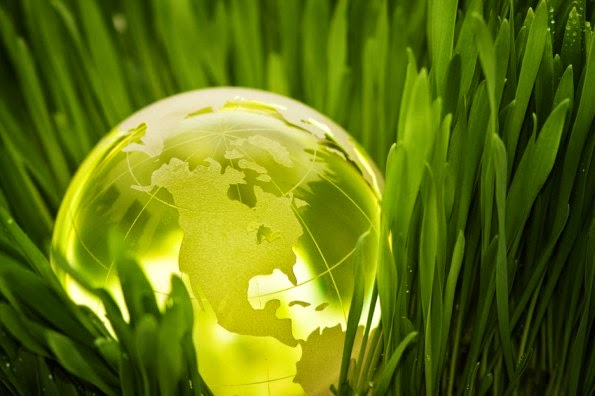
Wildlife and Habitat Conservation News


Humanity uses around 9,089 billion cubic metres of water a year, mostly for agriculture, according to a new study.

Watch "Light", David Parker's freaky short movie about energy waste.

When biomass is combusted the carbon that once was bound in the growing tree is released into the atmosphere. For this reason, bioenergy is often considered carbon dioxide neutral. Research from Sweden, however, shows that this is a simplification. The use of bioenergy may affect ecosystem carbon stocks, and it can take anything from 2 to 100 years for different biofuels to achieve carbon dioxide neutrality.

Climate negotiations resume in South Africa today. In the United States, the hot air has yet to stop blowing.

The next time your great idea at work elicits silence or eye rolls, you might just pity those co-workers. Fresh research indicates they don

Scientists worked with 10-year-old children whose mothers exhibited symptoms of depression throughout their lives and discovered that the children

Alaskan forests used to be important players in Mother Nature

The explosion and fire on a BP-licensed oil platform in the Gulf of Mexico in April 2010 had huge environmental and economic effects, with millions of gallons of oil leaking into the water for more than five months. It also had significant psychological impact on people living in coastal communities, even in those areas that did not have direct oil exposure, according to researchers.

The ozone layer -- the thin atmospheric band high-up in the stratosphere that protects living things on Earth from the sun

Amazon | “The revolution will be Twittered!” declared journalist Andrew Sullivan after protests erupted in Iran in June 2009. Yet for all the talk about

A new analysis of sulfur emissions shows that after declining for a decade, worldwide emissions rose again in 2000 due largely to international shipping and a growing Chinese economy. An accurate read on sulfur emissions will help researchers predict future changes in climate and determine present day effects on the atmosphere, health and the environment.

Although turtles have been on the planet for about 220 million years, scientists now report that almost half of all turtle species is threatened.

(PhysOrg.com) -- Recalculating the global use of phosphorous, a fertilizer linchpin of modern agriculture, a team of researchers warns that the world